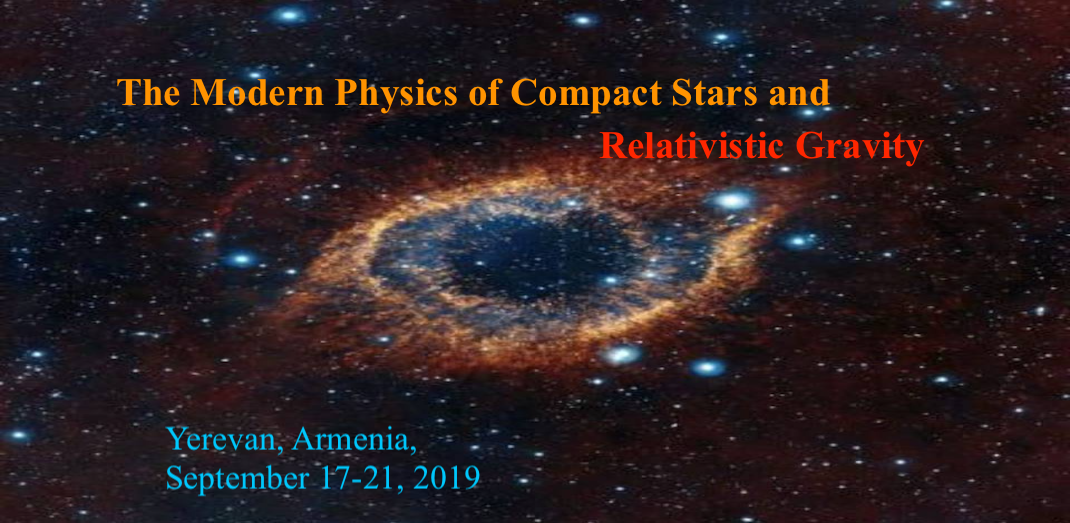Speaker
Description
We consider the formation of structured and massless particles with spin 1 (vector boson), by using the Yang-Mills like stochastic equations system for the group symmetry $SU(2)\otimes U(1)$ without taking into account the nonlinear term characterizing self-action. We prove that, in the first phase of relaxation, as a result of multi-scale random fluctuations of quantum fields, massless particles with spin 1, further referred as \emph{hions}, are generated in the form of statistically stable quantized structures, which are localized on 2D topological manifolds. We also study the wave state and the geometrical structure of the \emph{hion} when as a free particle and, accordingly, while it interacts with a random environment becoming a quasi-particle with a finite lifetime. In the second phase of relaxation, the vector boson makes spontaneous transitions to other massless and mass states. The problem of entanglement of two \emph{hions} with opposite projections of the spins $+1$ and $-1$ and the formation of a scalar zero-spin boson are also thoroughly studied. We analyze the properties of the scalar field (dark energy-quintessence) and show that it corresponds to the Bose-Einstein (BE) condensate. The scalar boson decay problems, as well as a number of features characterizing the stability of BE condensate, are also discussed. Then, we report on the structure of empty space-time in the context of new properties of the quantum vacuum, implying on the existence of a natural quantum computer with complicated logic, which manifests in the form of dark energy. The possibilities of space-time engineering are also discussed.
